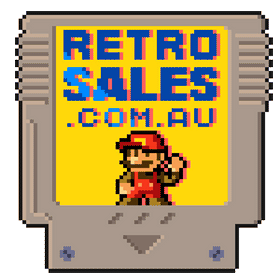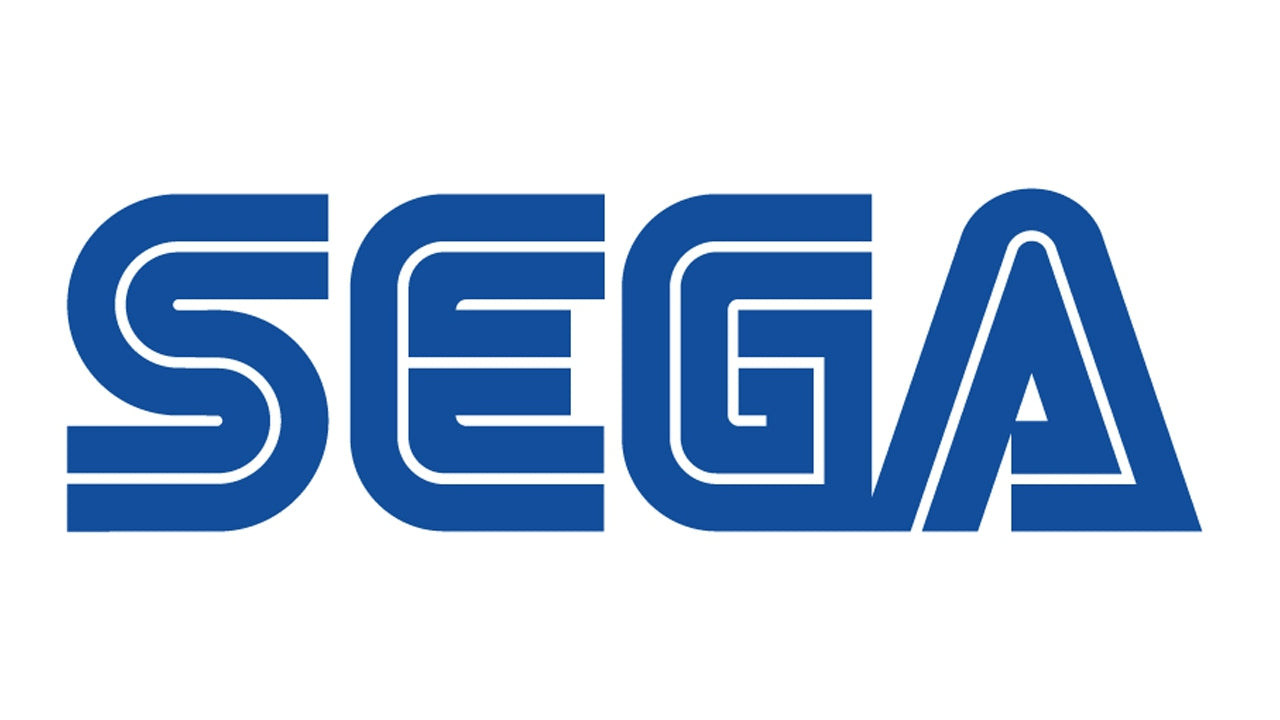What made Sega games and consoles the juggernauts of the gaming world? Step into Sega’s storied past, from the Master System’s dawn to the Dreamcast’s twilight, and explore the breakthroughs and game-changers that shaped their legacy. This article gives you a front-row seat to Sega’s defining moments without revealing the full game plan, ensuring a comprehensive yet captivating read.
Key Takeaways
- Sega established a significant presence in the gaming market with the Master System and Mega Drive consoles (Genesis in USA), introducing iconic titles like Sonic the Hedgehog but struggled against Nintendo’s dominance in both home and handheld console markets.
- The Sega Game Gear and Nomad represented Sega’s foray into portable gaming with advanced technology, yet they faced tough competition and issues of high battery consumption and lack of support, respectively, leading to modest sales.
- Sega’s ventures with the CD-based Sega CD and the technologically advanced Sega Saturn faced commercial challenges, contributing to the end of Sega’s console manufacturing and marking the transition into a third-party game developer.
- Fun Fact - The SEGA SG-1000 was release on the EXACT same day as the Nintendo Famicom - July 15, 1983
The Genesis of Sega: Master System and Mega Drive
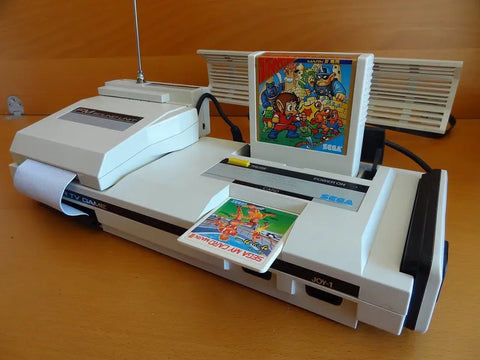
In 1983, Sega made a breakthrough in the home video game market with their SG-1000 console. This was followed by its successor – The SG-1000 II – which acted as an initiation into gaming for Sega. It was not until 1985 that they finally established global expansion through the release of Master System (known as Sega Mark III in Japan). Photo is a SEGA Mark III with the optional FM Sound Unit and Telecon Pack.
The Sega Master System's Battle for Market Share
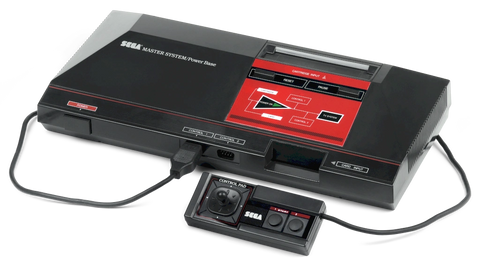
The SEGA Master System was released with cutting-edge technology on a global scale, yet it encountered heavy opposition from its main competitor, the Nintendo Entertainment System. This console sold more than three times as many units (60 million compared to 20), leading many to believe that Sega’s entry into the North American market did not receive adequate support in terms of software and marketing, which led to its lack of success. This launch opened up possibilities for future consoles such as Genesis. One of Sega’s most prosperous consoles.
Sega Genesis/Mega Drive: The Console that Defined a Generation

October 29th 1988 marked another milestone moment for the launch of their megahit - The Genesis, also known as Mega Drive outside North America. With 16bit graphics combined synthesised audio from the Yamaha YM2612 chip and a huge library of 900 plus games to choose from, consumers were offered an improved gaming environment while Sonic The Hedgehog became a staple representation of Sega’s image internationally.
Sega had a significant turning point in history with the introduction of their Sega Mega Drive (Genesis). This console provided gamers an unparalleled experience due to its 16-bit graphics from the Motorola 68000 CPU clocked at 7.6MHz,
a Yamaha YM2612 and Texas Instruments SN76489 for incredible audo and the good old Zilog Z80 at 3.58MHz to provide backwards compatibility with the Master System.
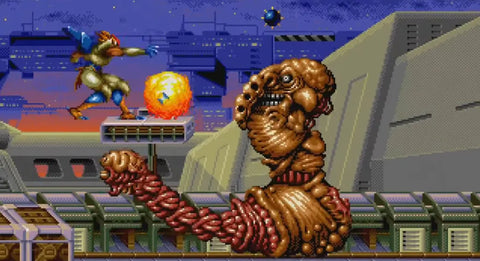
The aim was to rival Nintendo’s market dominance by utilizing strong advertising tactics alongside superior video game quality. It paid off as Sega saw themselves on top having achieved 65% control over 16-bit consoles just nine months later.
The early success of the Mega Drive console was because it was released a full two years before the Super Nintendo console on November 21, 1990. When you think about that for a second, you must give SEGA massive credit for making such a powerful 16bit console well before the competition.
Fun fact - Sega Channel was an ambitious project developed by Sega which was a method capable of streaming digital content to Mega Drive owners through cable television. The first DLC? Possibly.
Handheld Innovations: Game Gear and Nomad
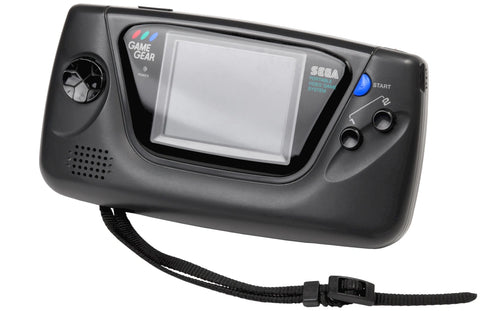

Sega’s presence in the console market didn’t just include their popular home consoles, they also ventured into handheld gaming with their Game Gear released in 1990. This 8-bit portable device featured a full colour backlit screen and came equipped with more advanced hardware than Nintendo’s flagship product, The Game Boy – hoping to compete successfully against it. Although successful for some time on its own terms, the sales of Sega could not beat those achieved by Nintendo during this period. To continue pushing boundaries within the handheld sector, however. In 1995, Sega produced an innovative new system called The Nomad that gave users access to original Mega Drive (Genesis) cartridges while out on the move - making use of its built-in display which set them apart from any other competitors existing at that moment in time too.
Sega Game Gear: Sega's Answer to Nintendo's Game Boy
The SEGA Game Gear, a response to the success of Nintendo’s Game Boy by Sega, was released with higher specs than its rival. With a full colour backlit display and support for Master System games like ‘Sonic the Hedgehog’ and ‘Shinobi’, it boasted an improved gaming experience over its competitor’s device. Unfortunately, due to poor battery life as well as lack of stand-out titles compared to those found on the Game Boy, sales were mediocre in comparison. 10.6 million units were sold in total while 118.69 million copies of the Game Boy were purchased around the world.
The Sega Nomad: Genesis on the Go
The Sega Nomad was proof of the company’s commitment to innovation, boasting features such as a 16-bit Motorola 68000 CPU and 512 colours in its display palette. It also made it possible for gamers to enjoy original Genesis cartridges while on the go due to its built-in screen—a feat no other portable game console could accomplish at that time.
Despite being well received by many fans, several factors prohibited widespread success with this device: namely lack of support from Sega since their focus leaned more towards the new Saturn system, some third party games were incompatible, and there wasn’t an official way users could play Master System titles without any modification or tweaking necessary.
The CD Era and Beyond: Sega CD and Saturn
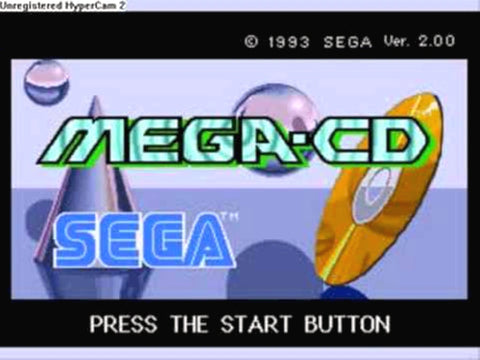
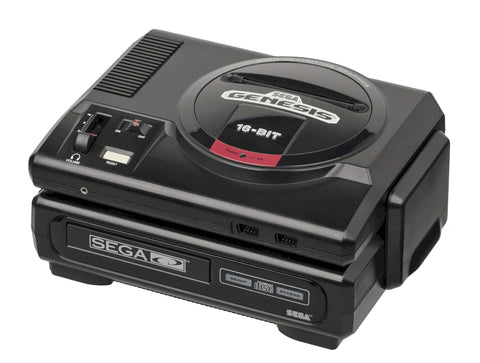
In the mid-90s, Sega ventured into the world of CD gaming with their Sega CD and Saturn platforms. These machines pushed boundaries in terms of graphics and gameplay experiences but failed to make an impact commercially outside Japan.
The attached accessory for Mega Drive / Genesis (known as the Sega Mega CD) boasted a faster CPU than its predecessor along with features like sprite scaling and rotation capability. This scaling feature added to the Mega CD was to compete against the Super Nintendo’s mode 7. Mode 7 is a graphics mode on the Super Nintendo Entertainment System SNES that allows the background layer to be rotated and scaled to create many different depth effects famous in games like Super Mario Kart. The Saturn then outdid that by having dual processor architecture which included eight processors combined. Both consoles eventually discontinued due to various issues they faced throughout production processes.
Sega CD: A New Dimension for Genesis Games
The SEGA CD represented a significant step forward for the Genesis. Thanks to its boosted CPU, RAM and storage room capacity, it enabled a totally new level of gameplay as well as multimedia experiences. Featuring acclaimed games such as ‘Sonic CD’ and ‘Lunar: The Silver Star’, the library provided by this platform was extensive despite being limited in size.
These improvements had little effect when taking into account issues like the costly price tag that surrounded it, or an insufficient selection of key titles often referred to under “killer apps”. All factors combined became prime targets within critiques sent its way commercially because of their significant impact on performance during market testing sessions.
Where did the 32X belong?
The SEGA 32X console was an add-on for the Sega Mega Drive (Genesis) console codenamed "Project Mars". If you haven't guessed but now, SEGA liked to use Planet names*. The 32X was designed to expand the power of the 16bit Mega Drive and serve as a transitional console into the 32-bit era until the release of the Sega Saturn. Sega unveiled the 32X at CES June 1994, and presented it as a low-cost option for 32-bit games. The 32X failed to attract third-party video game developers and consumers because of the announcement of the Saturn's simultaneous release in Japan which was a huge marketing mistake by SEGA. Why SEGA chose to release the 32X to the American market but at the same time announce the Saturn to the Japanese market will forever go down in history as one of the craziest marketing campaigns for all time. Of course the 32X failed...
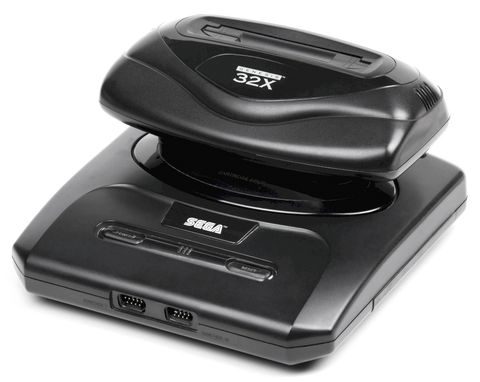
| *SEGA's internal project codenames | Console |
| Mercury | Sega Game Gear |
| Venus | Sega Nomad |
| Earth (Terra) | The Teradrive is a hybrid computer system developed by Sega and IBM in 1991 |
| Mars | Sega 32X |
| Jupiter | Sega Saturn - (originally planned as cart-based 32-bit system) |
| Uranus | Not used as it didn't pass the marketing department "Your anus" haha |
| Neptune | Sega Neptune proposed two-in-one Sega Mega Drive and Sega 32X console. |
| Pluto |
The SEGA Pluto is a Sega Saturn prototype console unit. Yes, it's real and was made famous by Adam Koralic. |
| Dural, Katana |
SEGA Dreamcast (These are not planet names but they were the official internal codenames at Sega |
Sega Saturn: Powerhouse or Commercial Misstep?

The SEGA Saturn, which used a revolutionary dual-CPU architecture with eight processors and ran games off CD-ROMs, made waves in the gaming industry upon its launch. Many popular titles like ‘Burning Rangers’, ‘Nights into Dreams’ and ‘Tomb Raider’ graced this powerful console. Due to poor internal management from Sega coupled with competition from Sony’s PlayStation and Nintendo 64 consoles, along with few standout releases. The company was forced to discontinue their product line by 1998. This led them down a new business path as they refocused away from hardware manufacturing.
Although the technology behind it was ahead of its time, these issues led to being unable to save themselves against outside pressures faced within market domains. Thus, signifying an end for Sega on entering once again back into making another console system.
Sega's Final Home Console: The Dreamcast
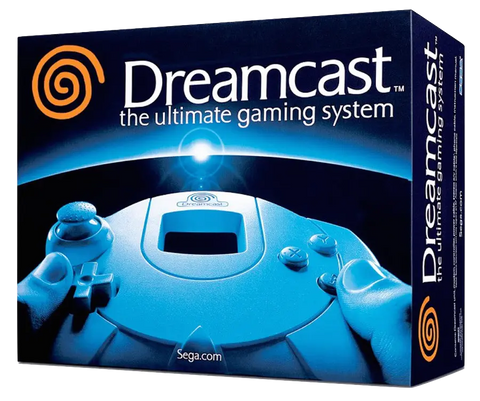

In 1998, Sega released its last home video game console, the SEGA Dreamcast. This 128-bit device featured innovative features such as the Visual Memory Unit (VMU), online gaming and a built-in modem which appealed to many gamers. Its launch titles impressed people, along with franchises like Sonic Adventure and Shenmue among the 600+ games available for it in total making initial success possible at first. Eventually Sony’s PlayStation 2 eclipsed the Dreamcast, leading to its end of production by 2001.
Educational and Micro Consoles: Pico and Mini Devices
Sega, renowned for its gaming consoles that entertain millions worldwide, ventured into other sectors of the industry. One example is 1993’s Pico, an educational system designed to give young children interactive video game learning experiences tailored specifically for them.
Similarly, in 2018, they released the Genesis Mini console, which contained a range of classic Sega Genesis games. Created with nostalgia in mind so older gamers could have a gateway back into their favourite titles from years gone by.
Sega Pico: Gaming for the Youngest Players
The Pico, a console from Sega’s lineup of gaming machines, was targeted towards children aged 2 to 8 and sold 3.4 million units worldwide, proving that educational video games have great potential for success. The system provided entertainment through its various story-based titles which also focused on learning content for kids in an enjoyable way. Its prominence paved the way forward for Progressions such as the Advanced Pico Beena making use of this innovative concept with more advanced features than before.
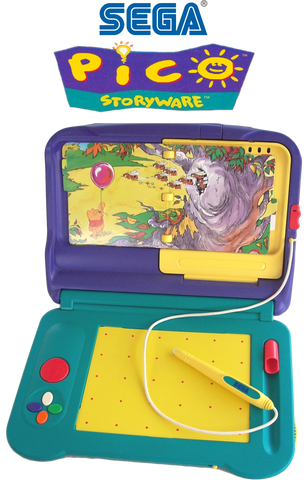
Nostalgia Reimagined: Sega Genesis Mini and Its Successors
The Sega Genesis Mini provided a link to the past for devoted gamers, who recalled their experiences on various Sega consoles. This diminutive version of the original had 42 pre-installed classic games like Sonic The Hedgehog, Ecco The Dolphin and Castlevania: Bloodlines embedded within it.
Due to its accurate design replication as well as high quality emulation technology combined with an impressive game library selection, this miniature console was met positively by both fans and critics alike. Many consider it one of those must-have nostalgic collector’s items which justly deserved accolades because all throughout successfully recaptured that spirit alive from the initial model while providing hours upon hours of entertainment worthy only of SEGA’s iconic brand in video gaming fun!
Sega's Evolution: From Console Business to Third-Party Developer
Due to its failure in competing with Sony’s PlayStation 2 and troubles from released consoles, Sega brought their console production to a halt upon the cessation of the Dreamcast. To keep up within the gaming industry, they shifted gears into third-party game development, which was quite an adjustment for them as a company but allowed them to remain involved in this arena.
Nowadays, though no longer manufacturing consoles themselves. Sega is still a prominent player in the world of video games due to their successful releases on different platforms over time. Clearly showing that even without physical machines bearing their name – it does not diminish nor do away completely with its legacy among gamers across multiple generations.
Sega's Legacy in Arcade Games
Sega has had a tremendous impact on the gaming industry, including both home consoles and arcade games. Their ‘Super Scaler’ sprite technology coupled with a 16-bit CPU gave them an edge in terms of presentation compared to other competitors at that time. They delivered titles like Out Run, Space Harrier, Virtua Fighter and Daytona USA which set new standards for video game graphics quality. Sega’s innovative style revolutionised not only arcades with the Sega NAOMI (New Arcade Operation Machine Idea) but also helped develop future generations of console gaming hardware.
SEGA Summary
Sega’s history of console development, from the Master System to the Dreamcast, has seen an incredible trajectory of inventiveness and success, but they have also encountered difficulties. Sonic the Hedgehog remains an iconic figure in gaming culture because of Sega’s continued commitment to quality even while competing vigorously with rivals. Plus, their ‘Super Scaler’ technology featured heavily in many arcades. Even more recently, they have moved towards producing games for other platforms rather than solely owning their own consoles. As such, it is safe to say that Sega will continue influencing video game industry standards far into the future!
Frequently Asked Questions
Does Sega still make game consoles?
Sega no longer manufactures their own gaming consoles, instead they concentrate on developing games for other platforms and releasing classic versions of titles from the past.
How many different Sega systems are there?
Prior to discontinuing the development of consoles, Sega had released a total of ten gaming systems. These products are all considered part of the Sega console lineup.
- SEGA SG-1000 (SG-1000 Mk II)
- SEGA Master System (Mark III)
- SEGA Game Gear
- SEGA Mega Drive (Genesis)
- SEGA Nomad
- SEGA Mega CD
- SEGA Pico
- SEGA 32X
- SEGA Saturn
- SEGA Dreamcast
Honourable mentions go to the SEGA SC-3000 computer, Sega Neptune, Sega Pluto, SEGA MultiMega, etc (Yes, there are other SEGA hardware I could ramble on about but I can't take up your entire internet time today)
What console killed Sega?
The end of an era in gaming history arrived when the Dreamcast console marked Sega’s departure from the console market, signifying a shift away from its long presence. It was killed off by the all conquering PlayStation 2 console, the new player on the block Microsoft Xbox and ongoing pressure from Nintendo with the GameCube console.
When did Sega stop selling consoles?
In 2001, Sega made the transition from producing their own consoles (i.e. Dreamcast) to becoming a third-party game developer and publisher in order to become more profitable, which has been effective until 2023.
What was Sega's most successful console?
The Sega Genesis, also known as the Mega Drive, was arguably one of SEGA’s biggest successes in terms of gaming consoles. As far back as January 1992, it held a whopping 65% share within its 16-bit console market segment.
Like this article? Let us know in the comments. We're planning an article on all the cool Dreamcast accessories that were released. Fishing rod anyone?
 is here! Shop now, pay later in 4 easy installments
is here! Shop now, pay later in 4 easy installments
